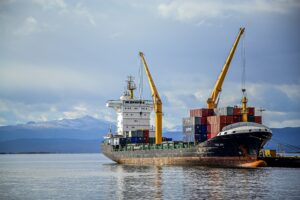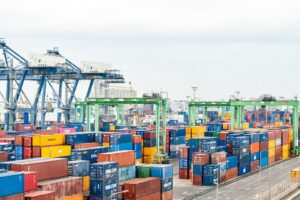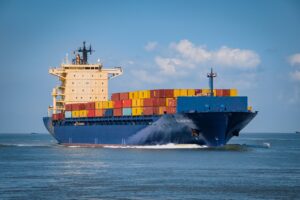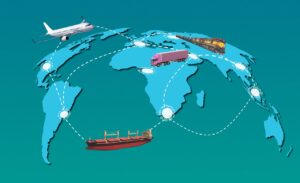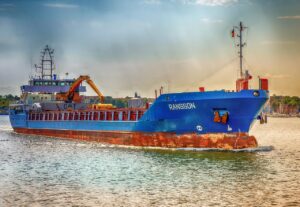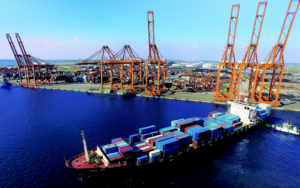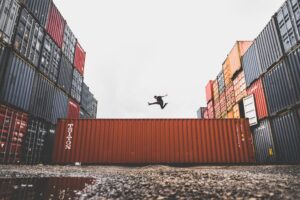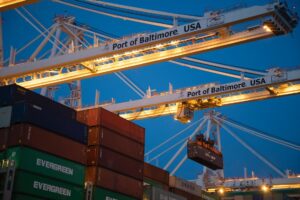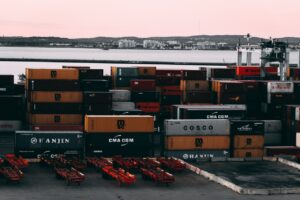Factors That Affect Ocean Freight Rates
Ocean freight accounts for about 90 percent of global shipping, which makes it the main mode of transportation. It is also the preferred mode due to efficiency, cost-competitiveness, and heavy cargo capability. There is also a degree of flexibility in how freight rates are calculated. In some cases, rates cover shipping, stowage, and unloading at […]

